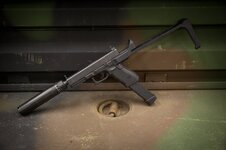Bronze Supporter
- Messages
- 12,122
- Reactions
- 21,444
Apparently Clint smith has had the same experience (although he talking about modified Glocks not specifically clones). And he has been a top trainer for what 40, 50 years?For what its worth. We run CJTC (WA State Criminal Justice Training Commission) qualifications weekly. I see a wide range of pistols come through for qualification each time. I cant recall anyone failing the qual. due to a Glock malfunctioning. I have seen a half dozen or so have to retake the qual. because their cheaper (and on occasion, more expensive) clone failed or malfunctioned and they were unable to recover. Its mostly fitment and small parts issues. Your mileage may vary of course.














